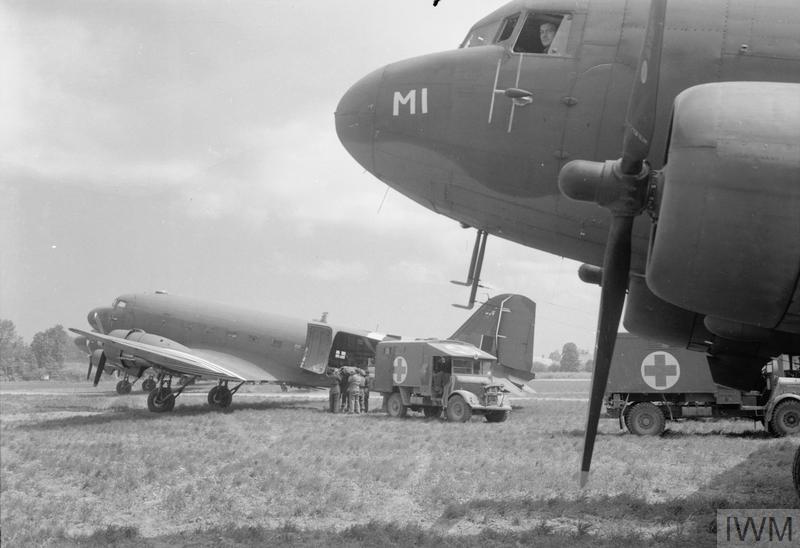Ester Johanne Sonnenborg (m. Wrench)
(1913 - 2005)
Profile
Ester Johanne Sonnenborg (married Wrench) was one of women who served in the Women's Auxiliary Air Force during the Second World War. One in seven of the Danish volunteers in the Allied air forces was a woman. Often their stories are little known. That is a pity.
Ester Johanne Sonnenborg was born on 24 June 1913 in Faaborg, Denmark. She was the daughter of Svend Otto Peter Theodor Sonnenborg and Anne Marie Sonnenborg (née Rasmussen).[1] She was raised in Faaborg where her father was a butcher and a cattle merchant.
At the outbreak of war in September 1939, Sonnenborg worked as a housemaid at the Danish Legation in Pont Street in London.[2] Even if she was not part of the embassy staff as such, this must have been an exiting time to be part of the Danish community in London.

Sonnenborg volunteered as a nurse in 1943 and following a short but extensive training she was enrolled in the Women’s Auxiliary Air Force (2148413). The task at hand was the air evacuation of wounded soldiers from the European front to England. The Dakotas transported ammunition to the front on the way out, and then a maximum of twenty stretchers were loaded for evacuation.[3] The information on Sonnenborg’s service are scarce, but it is likely that she was part of the air ambulance service, which brought back almost 100,000 wounded soldiers from the European mainland to British hospitals. The nurses were called the Flying Nightingales.[4]
Sonnenborg told the newsreporter after the war, that because of the allied air supremacy over Normandy, they never encountered enemy aircraft, but that the amounts of ammunition carried on the outward leg hade the trips somewhat hazardous never the less. The only enemy action she was V1-flying bombs and V2 rockets.[5] She was not afraid.
You almost always get used to the different dangers during a war, and then you carry out your duties.[6]
.The fact that Sonnenborg explained that she knew the V1 and V2 from attacks on London and that she helped in the evacuation of wounded from Holland and Belgium suggests that she was active in the air ambulance service between October 1944 and March 1945.
Endnotes
[1] DNA: Parish register, Faaborg sogn.
[2] Ancestry: 1939 Register.
[3] Ung Faaborgpige, der fløj med Ammunition, Holstebro Dagblad, 13 August 1946, p. 3.
[4] Holliday, K. (2016). A Nightingale Flew: Real stories of WAAF Nursing Orderlies (1 ed.).
[5] Ung Faaborgpige, der fløj med Ammunition, Holstebro Dagblad, 13 August 1946, p. 3.
[6] Ibid. (translated by the author from “Man vænner sig næsten altid til de forskellige Farer under en Krig, og så passer man sine Pligter.”)